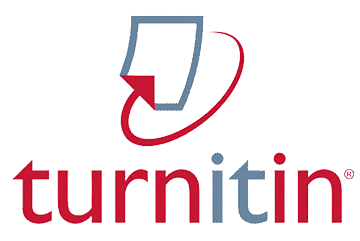| HOME |
| EDITORIAL BOARD |
| PEER REVIEWER |
| FOCUS AND SCOPE |
| PUBLICATION ETHICS |
| AUTHOR GUIDELINES |
| PEER REVIEW PROCESS |
| ONLINE SUBMISSION |
| INDEXING |
| PUBLICATION FEES |
| TEMPLATE |
| TOOLS |
 |
 |
 |
 |
| INDEXING |
 |
 |
Registration and login are required to submit items online and to check the status of current submissions.
Already have a Username/Password for HCE Journal?
GO TO LOGIN
Need a Username/Password?
GO TO REGISTRATION
1. Reviewing of manuscripts
Every submitted paper is independently reviewed by at least two peer reviewers. The decision for publication, amendment, or rejection is based upon their reports/recommendations. If two or more reviewers consider a manuscript unsuitable for publication in this journal, a statement explaining the basis for the decision will be sent to the authors within three months of the submission date.
2. Revision of manuscripts
Manuscripts sent back to the authors for revision should be returned to the editor without delay. Revised manuscripts can be sent to the editorial office through the Online Submission Interface. The revised manuscripts returned later than three months will be considered as new submissions.
3. Publication and Authorship Ethics
5. General Rules
6. Manuscript Preparation Guidelines
Manuscript content should be organized in the following order: Title; Authors Name; Authors Affiliation; Abstract; Keywords; Introduction; Method; Findings and Discussion; Conclusions; Acknowledgements; and References.
6.1. Paper Title
6.2. Authors Name and Affiliations
6.3. Abstract and Keywords
6.4. Introduction
6.5. Method
6.6. Results and Discussion
6.7. Conclusions
6.8. Acknowledgement
6.9. References
